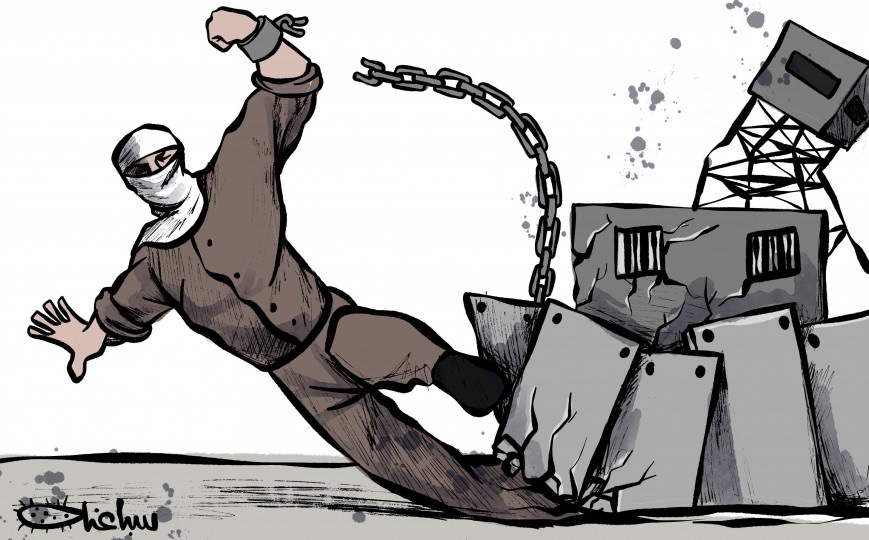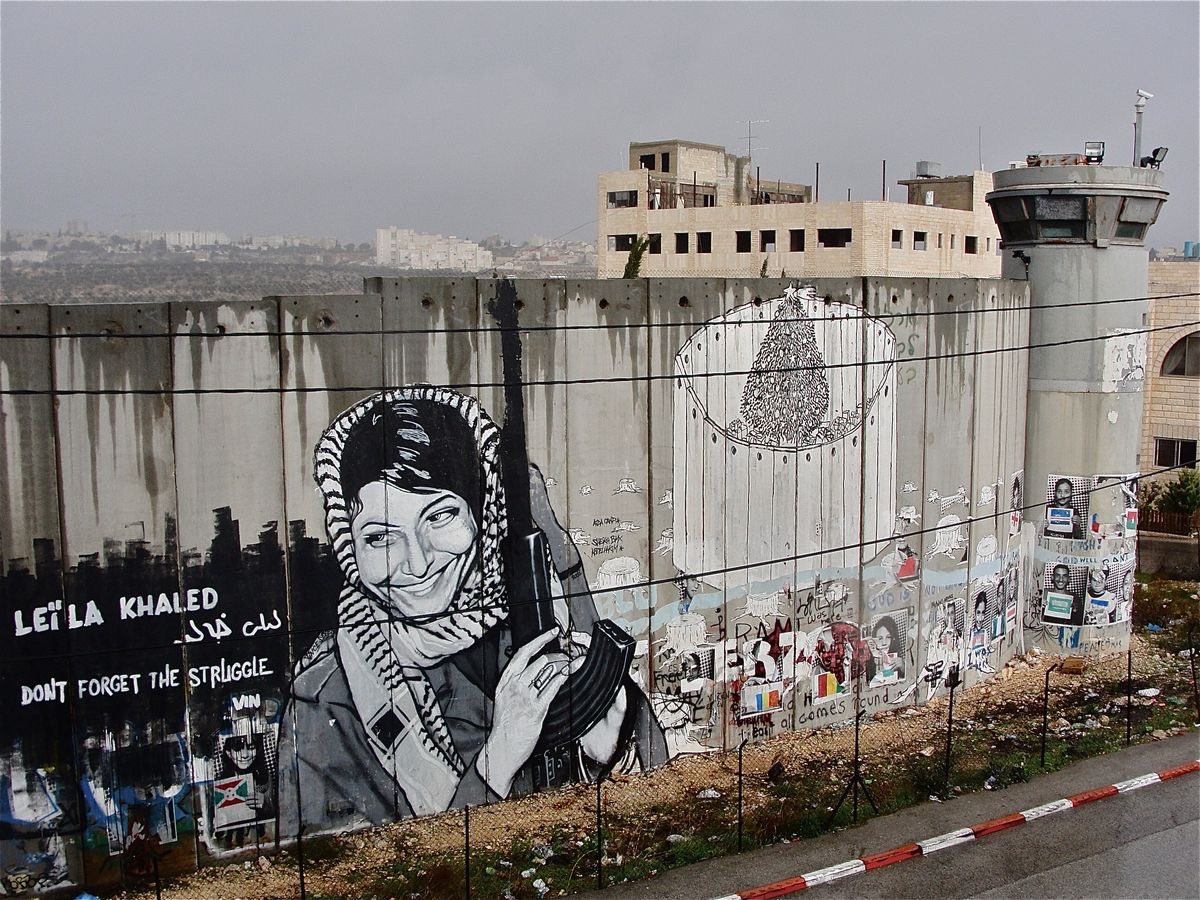Palestinian Dabke 🇵🇸
Dabke is much more than just a dance. It is a form of storytelling through movement, and for many, a way to showcase solidarity and cooperation, cultural resistance, and the strength of the human spirit.
Remember we’re helping you learn some moves in the end!
Dabke is much more than just a dance. It is a form of storytelling through movement, and for many, a way to showcase solidarity and cooperation, cultural resistance, and the strength of the human spirit.
Remember we’re helping you learn some moves in the end!

The word dabke means “stamping of the feet” in Arabic.
This etymology aptly describes the dance’s distinctive feature: the rhythmic, synchronized stamping of the dancers’ feet, accompanied by interlaced arms and melodic chants.
This etymology aptly describes the dance’s distinctive feature: the rhythmic, synchronized stamping of the dancers’ feet, accompanied by interlaced arms and melodic chants.

The dance’s origins are steeped in ancient traditions. Dabke can be traced back to the Phonecean dances that flourished thousands of years ago, originating in ancient Canaanite fertility rituals linked to agriculture. In these rituals, dance had a function that went beyond mere entertainment: it served to ward off malevolent spirits and protect the tender shoots of young plants.

Another legend evokes a more practical aspect. In ancient times, the inhabitants of the Levant built their homes from tree branches and mud.
When the weather changed, the mud cracked, leaving the roofs vulnerable to the elements. In a collective effort, family and community members would join hands, form a line and trample the mud back into place.
This work would have evolved into a dance of necessity, a means of protecting their homes and ensuring their survival. In the colder months, they would even sing as they worked to lift their spirits.
When the weather changed, the mud cracked, leaving the roofs vulnerable to the elements. In a collective effort, family and community members would join hands, form a line and trample the mud back into place.
This work would have evolved into a dance of necessity, a means of protecting their homes and ensuring their survival. In the colder months, they would even sing as they worked to lift their spirits.

After 1948 dabke dances were choreographed into stories of the villages destroyed in the Nakba accompanied by lyrics that are often a real life story from the village such as Jafra and Zareef Al-Toul, the two most famous Dabkes.
Like many other elements in Palestinian life, dance has always been connected to politics. By doing so, the people expelled from the lands kept the stories alive and protected the Palestinian identity of the now occupied villages to this day as Palestinians sing and dance to them 76 years later.
There is no doubt that these songs and dances will be passed on from generation to generation and that’s what Mahmoud Darwish meant when he said “The invaders fear of songs”.
Like many other elements in Palestinian life, dance has always been connected to politics. By doing so, the people expelled from the lands kept the stories alive and protected the Palestinian identity of the now occupied villages to this day as Palestinians sing and dance to them 76 years later.
There is no doubt that these songs and dances will be passed on from generation to generation and that’s what Mahmoud Darwish meant when he said “The invaders fear of songs”.
Tutorial!
This is the first move to learn and don’t forget to let us know if you try!
This is the first move to learn and don’t forget to let us know if you try!
Second move!
The full sequence once you learn both moves would look like this!
Bonus move to learn! This is the most popular and the only one you’d need in order to keep up in a Palestinian wedding dance line!
Follow TheHattaBoys on TikTok to learn more 🇵🇸
Tag your friend and learn together💜
Follow TheHattaBoys on TikTok to learn more 🇵🇸
Tag your friend and learn together💜
• • •
Missing some Tweet in this thread? You can try to
force a refresh
































